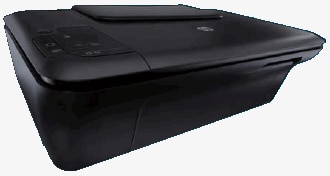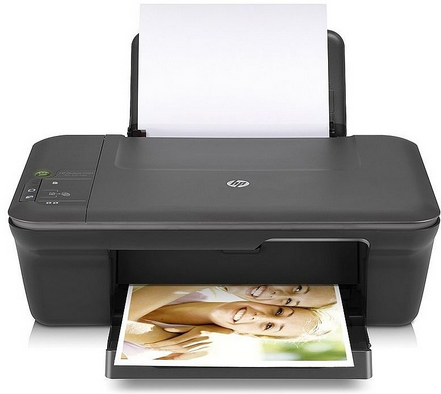

#Free hp deskjet 1050 driver Offline
Secure Two-Factor Authentication Even In Cached Or Offline Mode. I also tryed to put pciHole settings in the VM to facilitate the bigger GPU memory on the GTX660ti an GTX1050ti but that only made the VM instable and broke RDP with or without the GPU passed trough. The smart card will authenticate with the TSG, but it will not passthrough to the terminal server. exe) Go to the "Local Resources" Tab Click on the More. Once we’ve done all of the setup the only thing left to do is to start a remote desktop session with device redirection enabled. Remote Desktop Services is a server role in Windows Server that allow users to remotely access graphical desktops and Windows applications. In an effort to resolve our previously limitation with NLA support, this is now support in 8. Microsoft's Smart Card Services (scardsvr) must be installed. Currently, the new remote control WS engine supports the following features: Keyboard support, including international and special key support. Interoperability with prior OS (Windows XP and Windows 2003 at the minimum) Ability to “cut” my own certificates to be imported into the smart card. The Operating System and network implementation must be configured properly for Smart Card authentication.
#Free hp deskjet 1050 driver install
To work with Terminal Server, common practice is to install Windows on users' computers and run Remote Desktop Connection. On the Hard Drive page, under the Media section, select the Physical hard disk option. Consider to test the latest Remmina version before to submit a bug report At the moment the latest version available is v1. PKI includes NDES servers (with policy module) and certificate authorities (with smart card EKU-enhanced key usage-template), used for the issuance, renewal, and revocation of Windows Hello for Business certificates. I'm logging into one of two 2008 servers, DC (domain controller) and MS (very boring member server) on domain DOMAIN-B. I have 2 Remote Desktop Services 2008 R2 servers - each server runs about 50 remote sessions. Then authentication is performed on the Video 3: Smart Card Redirection. Remember click on "X" to release the device later.

After that, go to the tab “Local resources” and click “More” in the section “Local devices Once the USB storage device is offline, open the Hyper-V Manager, right-click on the VM that needs access to the USB device, and then choose the Settings command from the shortcut menu. Also make sure your RDP Client is set to share Smart Cards. Double-click the "Allow Delegating Default Credentials" policy.


 0 kommentar(er)
0 kommentar(er)
